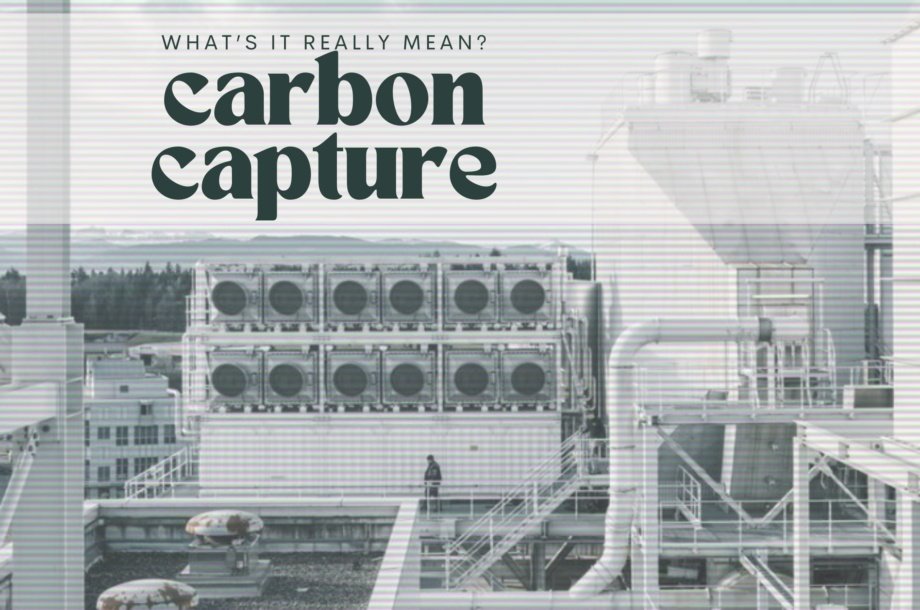Definition: The process of capturing and storing atmospheric carbon dioxide (CO2).
We know that wetlands are ecologically super-important:
- Biodiversity.
- Flood/drought/erosion protection.
- Water quality and more.
- Plus … Carbon Capture and Sequestration (aka) CCS.
Although soggy year-round, the plants that thrive in wetlands absorb CO2 from the air, transpire oxygen (O2) back into the air, and store the carbon (C) in their root systems underwater. Those roots rot, and the carbon stays submerged. The plants regrow and repeat the cycle. Beautiful. Powerful.
Peatbogs hold 30% of the world’s carbon even though they only take up 3% of its area. Wow.
Ah, humans. We drain “swamps”. We cut down trees. We mine peatmoss for gardening (don’t!). We drill deep for ancient, rotted material: aka fossil fuels. Each of those actions releases long-stored carbon back into the atmosphere.
Humans gravitate to techno-solutions that nature provides for free. CCS technology is a prime example, with billions of dollars “invested.”
- Technological CCS is energy intensive, often powered by more fossil fuels.
- Encourages continued extraction of fossil fuels.
- CO2 leakage could be catastrophic, yet there’s minimal/no regulations and limited liability.
- Scale. The US currently emits 5,130 million metric tons of CO2 each year. The US’s first CCS project anticipates removing 1,000 metric tons/year.
- Not economically viable.
Who is investing in this? Follow the money:
- Fossil-fuel companies, utilities, and heavy industries that rely on fossil fuels.
- Governments, IMHO a negotiating tactic to get other programs funded.
Who’s money is it? Ultimately, taxpayers and utility ratepayers.
Let’s focus that spending on solar, wind, energy-storage, building efficiencies, land conservation, composting, and eating Planetarily.
Planetarily,
Laura & Gil
Our friends Laura & Gil Richardson are, in their own words, “imperfect” but they are much further down this Planetarian path than anyone I know. They are a treasure trove of sustainable living inspiration and we’ve asked them to share one simple swap per week that they’ve made (and the products they love) in hopes it might inspire you to make them, too.




